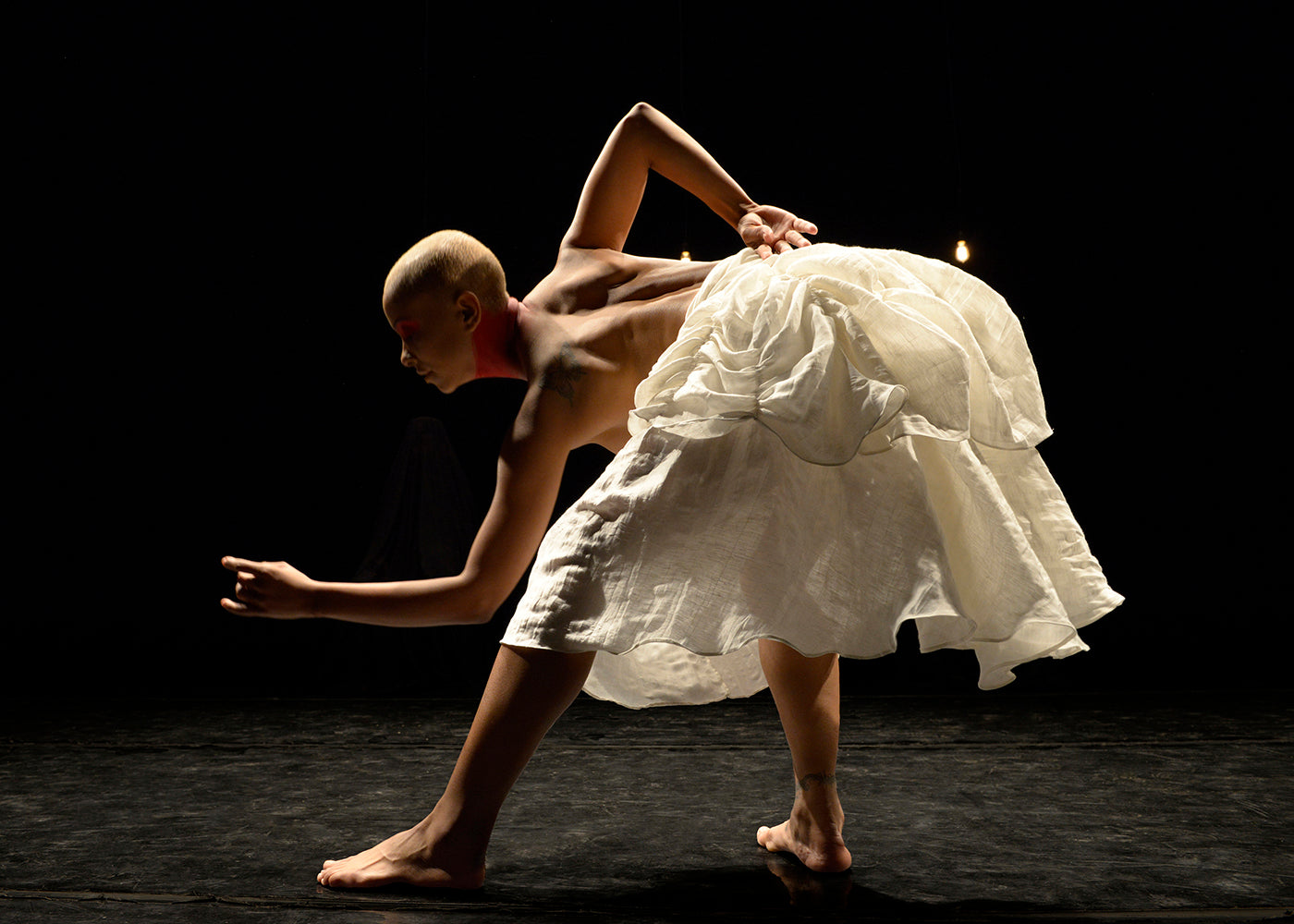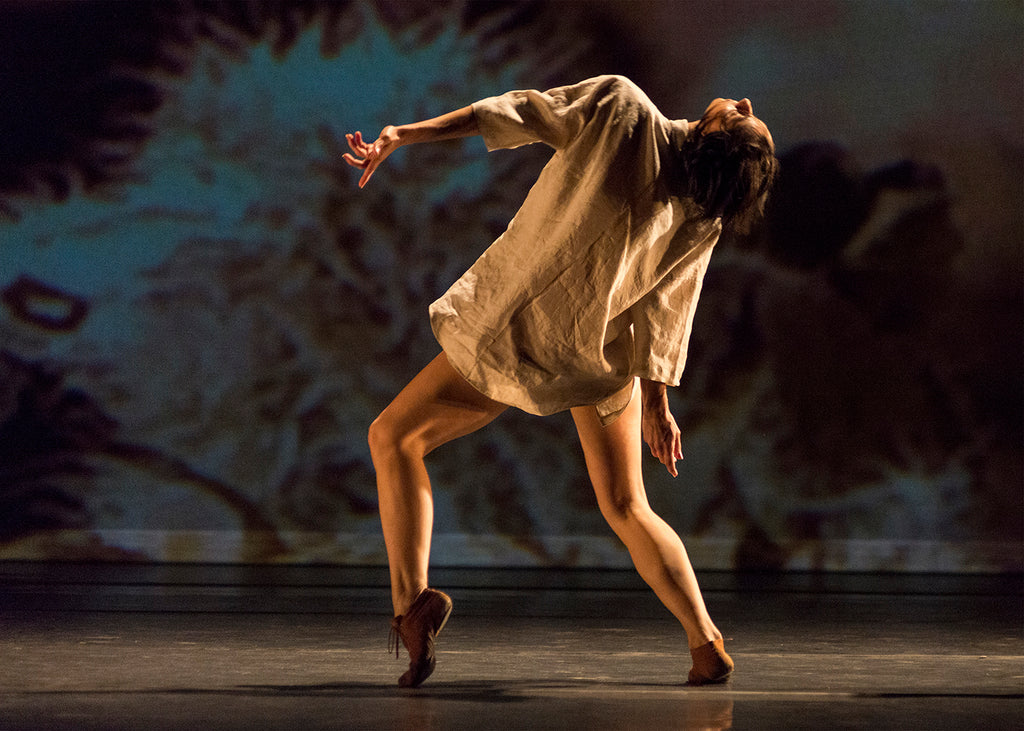Modern Dance Hold’em
Lassoing is a surprising through-line for a Martha Graham Dance Company performance. The theme steps generally tend towards the child-birthing variety: contractions and deep squats.
Continue Reading
World-class review of ballet and dance.
The Brazilian company, Grupo Corpo, peerless for their kaleidoscopic sets, costumes, choreography and their music, are touring the US with two reimagined works from just before Covid hit. Corpo’s founding choreographer, Rodrigo Pederneiras, was inspired to recreate a 2019 piece that had been simply titled “Gil.” After the pandemic shutdowns eased, composer Gilberto Gil reworked the samba, bossa nova and rock-infused score adding a pinch of electronica. They retitled it “Gil Refazendo,” and it opened the two-part program to a full house at Washington, D.C.’s Kennedy Center last weekend.
Performance
Place
Words



“Uncommonly intelligent, substantial coverage.”
Already a paid subscriber? Login

Lassoing is a surprising through-line for a Martha Graham Dance Company performance. The theme steps generally tend towards the child-birthing variety: contractions and deep squats.
Continue ReadingAs a dance viewer, it’s easy to get swept up in the grand movements in a piece, glossing over the finer details.
Continue ReadingHubbard Street Dance Chicago was in New York for a two-week run March 12–24 at the Joyce Theater, a venue that consistently programs excellent smaller dance companies in its 472-seat theater.
Continue ReadingThe legendary Cuban dancer Carlos Acosta trained relentlessly to come out of retirement last year for a performance of classical works in celebration of his 50th birthday at the Royal Ballet, where he spent most of his professional career.
FREE ARTICLE
comments